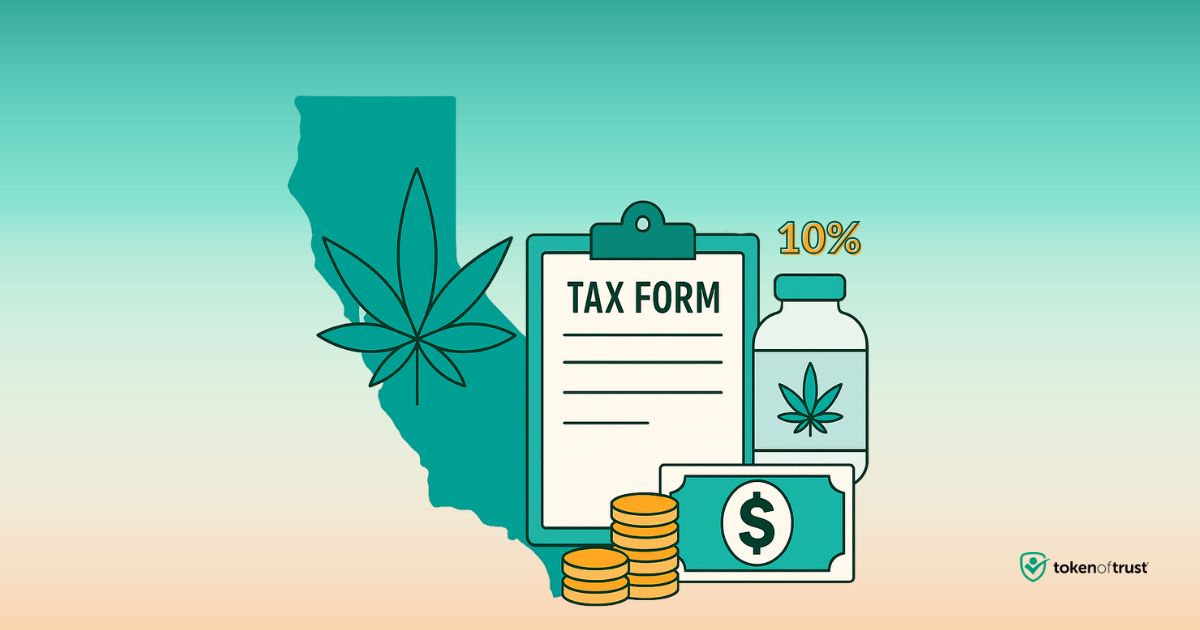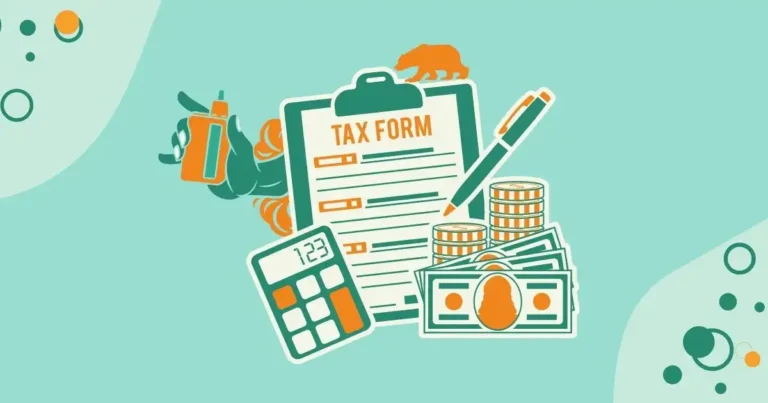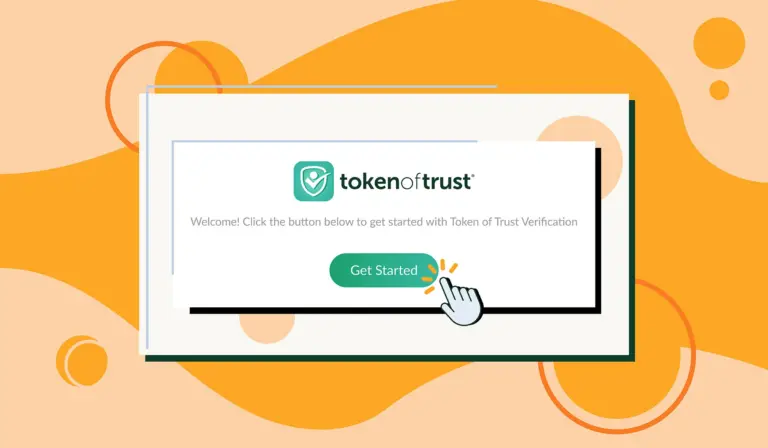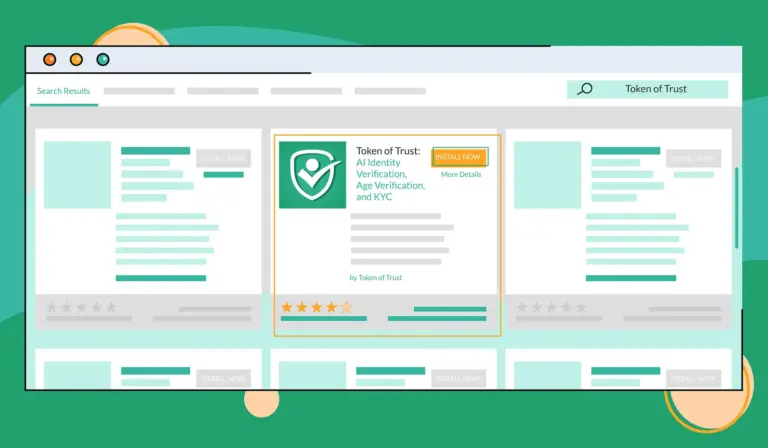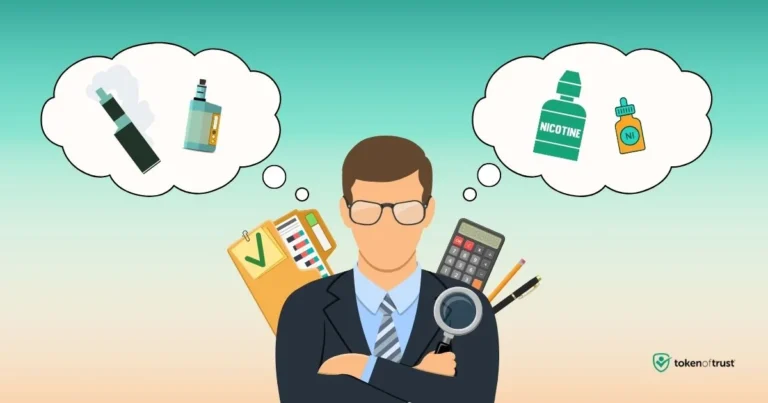New Cannabis Excise Tax Rate Now Active in California
California’s cannabis excise tax rate has officially changed. As of July 1, 2025, the rate increased from 15% to 19% of gross receipts, following the CDTFA’s scheduled adjustment. The update is now in effect and applies to all cannabis and cannabis product sales made at retail. This tax change is part of the state’s broader shift away from cultivation-based taxation.
Learn what the new rate means, how it applies, and how cannabis retailers can align their systems, pricing, and reporting.
Why the Cannabis Excise Tax Changed
California law requires California Department of Tax and Fee Administration (CDTFA) to revise the cannabis excise tax every two years. The 2025 adjustment replaces the revenue from the former cultivation tax.
The cultivation tax ended in 2023 and the 19% excise tax now shifts that burden to retailers to keep revenue neutral, per CDTFA’s Cannabis Retailers Tax Guide.
How the Cannabis Excise Tax Applies
The updated 19% cannabis excise tax is calculated based on the gross receipts from retail sales of cannabis and cannabis products. This includes more than just the product price. It covers the full amount paid by the customer as part of the transaction.
According to the CDTFA, gross receipts typically include:
- The retail price of cannabis or cannabis products
- Any delivery fees that are part of the transaction
- Other mandatory charges required to complete the sale
Retailers are responsible for collecting the cannabis excise tax at the point of sale and reporting it accurately in their cannabis tax returns. This applies whether sales occur in-store, online, or through delivery.
To stay compliant, businesses should ensure their POS systems, ecommerce checkouts, and invoicing tools properly apply the 19% rate across all qualifying charges.
When Did the New Rate Take Effect?
The new cannabis excise tax rate applies to all cannabis and cannabis product sales made on or after July 1, 2025.
- Monthly filers are now reporting under the new rate as part of their July 2025 tax return
- Quarterly filers will apply the rate in their Q3 return, covering July 1 to September 30, 2025
Retailers who haven’t updated their point-of-sale systems, pricing models, or accounting processes should do so now to ensure alignment with CDTFA filing requirements.
How to Stay Compliant with CDTFA
With the 19% cannabis excise tax now in effect, staying compliant means more than just charging the correct rate. Retailers and microbusinesses need to ensure their systems, reporting, and documentation are aligned with CDTFA expectations.
If you’re unsure how to comply with cannabis excise tax updates, the key is to focus on systems, recordkeeping, and ongoing awareness of regulatory guidance.
Here are the key steps to maintain compliance:
- Collect and report excise tax accurately: The 19% rate must be applied to all gross receipts and reported on your monthly or quarterly CDTFA return, depending on your filing schedule.
- Maintain complete and organized records: This includes detailed documentation of all sales, tax collected, and remittances submitted — essential for audit readiness.
- Ensure systems are up to date: POS software, ecommerce platforms, and invoicing tools should all reflect the current 19% rate and calculate tax accordingly.
- Stay informed on policy updates: CDTFA may issue further guidance if legislative proposals around cannabis taxation move forward. Monitoring CDTFA notices helps you stay ahead of future changes.
While the current rate is set for the 2025–26 fiscal year, the excise tax is subject to reevaluation every two years. Keeping your compliance process proactive — not reactive — will help you stay prepared.
Why Early Preparation Matters
Now that the 19% cannabis excise tax is active, licensed retailers must move quickly from awareness to execution. The rate change not only affects how much tax is collected at the point of sale but also impacts how cannabis businesses structure pricing, maintain tax records, and meet evolving CDTFA compliance requirements.
Retailers who proactively update their POS systems, validate reporting accuracy, and strengthen documentation workflows will be better positioned to avoid audit risk and reduce operational friction as Q3 progresses. This is especially critical for microbusinesses or retailers operating in high-tax localities where every margin point counts.
Aligning your processes now rather than scrambling later, gives your team the infrastructure to scale responsibly, stay compliant, and navigate future tax adjustments with confidence.
Moving Forward Under the Cannabis Excise Tax
The July 2025 cannabis excise tax increase signals more than a higher rate. It reflects a deeper shift in California’s tax structure following the end of the cultivation tax. Now at 19 percent, the excise tax introduces new pressure on retailers to revisit pricing models, verify CDTFA compliance, and tighten up reporting workflows.
Tax compliance shouldn’t slow down growth.
Token of Trust helps cannabis businesses automate excise tax collection, streamline age verification, and maintain clean, audit-ready records — all through tools built specifically for regulated retailers.
👉 See what a streamlined compliance stack looks like. Schedule a walkthrough with our success team.
